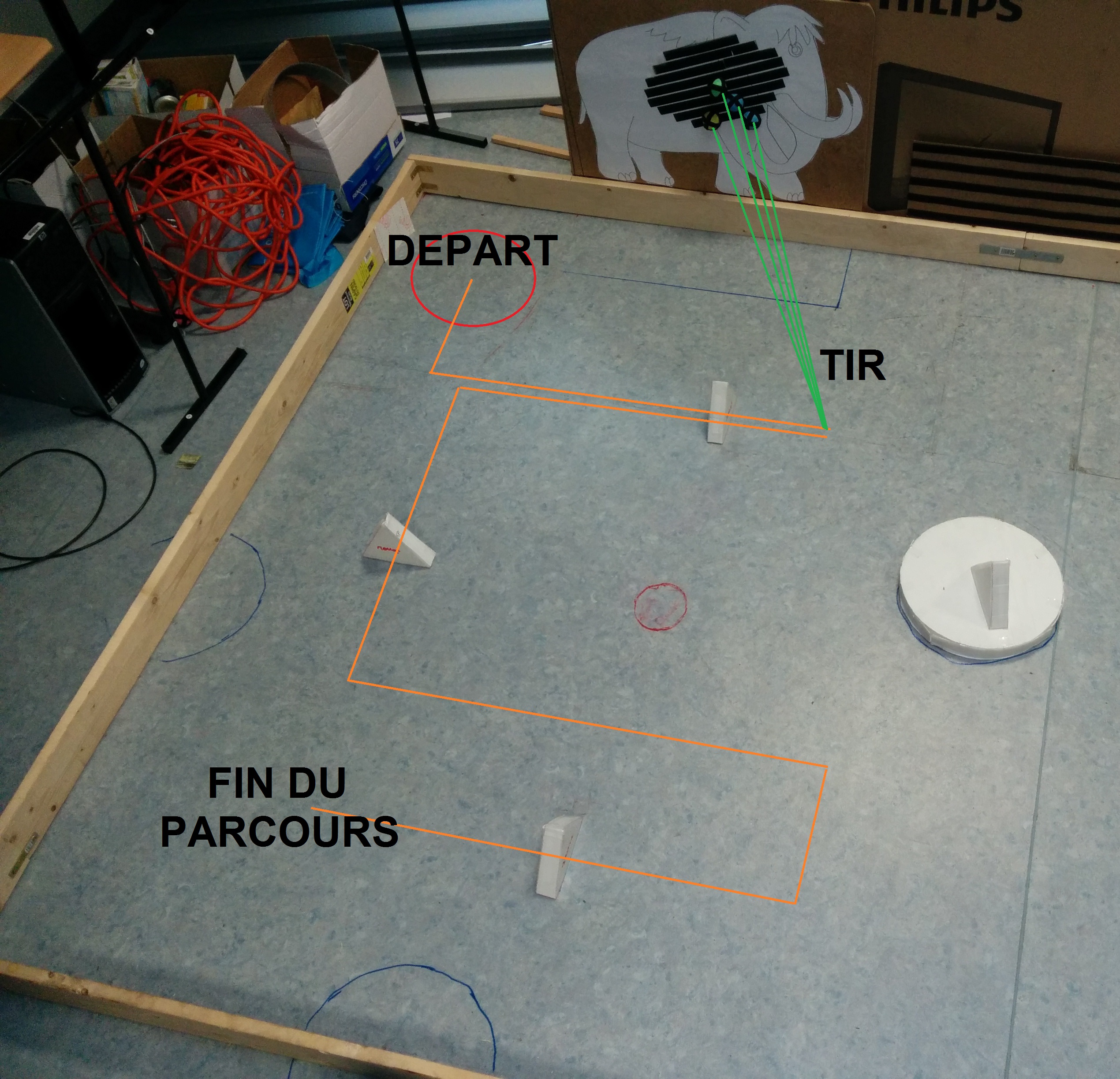The Ecole Nationale Superieure des Mines de Douai (Mines Douai ) is a French engineering school, member of the Institut Mines‐Télécom. Institut Mines‐Télécom is composed of 13 engineering schools with nearly 12,000 students, including 1,700 graduate students , and a research contract turnover of € 84 million. Mines Douai is organized into teaching and research departments in various fields of engineering science (for more details, see the website of the school: http://www2.mines‐douai.fr/en). Mines Douai would like to strengthen the Computer Science team by hiring a permanent assistant professor.
Teaching activities :
‐ Provide specialized teaching in his or her field of competence, in particular those related to IT or IA,
‐ Get involved in various educational support activities (supervision of students, creation of new educational resources, admission …).
Research and technology transfer activities :
‐ Conduct research and supervise PhD students and postdocs in: software engineering for robotics or multi-robots systems and robotics fleets coordination (more on http://car.mines-douai.fr)
‐ Develop collaboration with the other members of the department,
‐ Participate to regional, national and international activities (conference organization, workshop, etc.) of his/her field research,
‐ Collaborate with industrial partners and participate in technology transfer,
‐ Participate in the organization of scientific events.
Qualifications required
The position would suit an applicant who holds a PhD in the field of computer science, and who is interested in teaching and research‐oriented industrial applications. A post‐ doctoral experience would be appreciated. The ideal candidate must hold a specialized doctorate degree with skills in software engineering, autonomous systems, multi‐agent systems.
He/She should be a good team player and communicator, and have demonstrated international orientation. He/She should have the necessary linguistic and cultural skills to develop international cooperation in both research and teaching.
The candidate must have proven experience setting up and managing research projects. He or she should also
provide references showing an ability to teach and advise students. ’.
How to apply :
The position is open only to citizens of an EU member country. The application form is available upon request from : Danièle CATOUILLARD (Phone : +33 (0)3.27.71.25.36 ‐ daniele.catouillard@mines‐douai.fr ) Ecole des Mines de Douai Human Resources Department 941 Charles Street Bourseul ‐ CS 10838 59508 Douai Cedex ‐ France
Closing date for applications: 23 June 2014
Contact person
Professor Stephane LECOEUCHE ‐ Deputy Head of Department of Computer Science and Automatic Control, Director of the Research Unit IA Tel: +33 (0)3.27.71.24.45 Mail: stephane.lecoeuche@mines‐douai.fr

